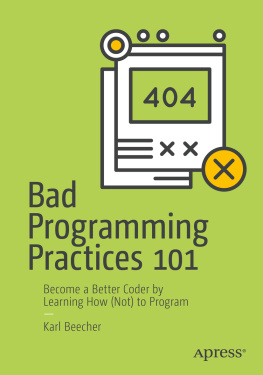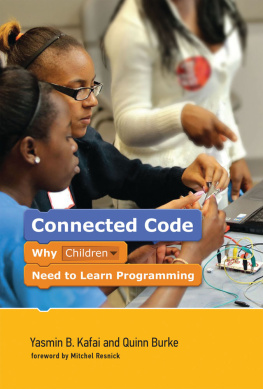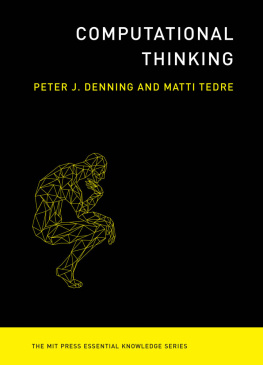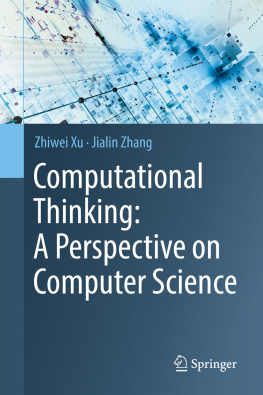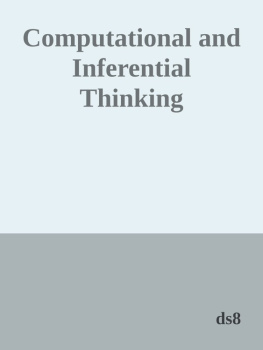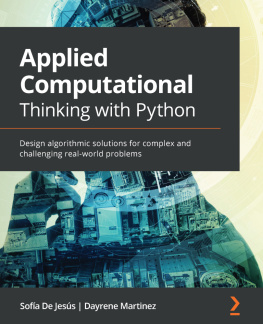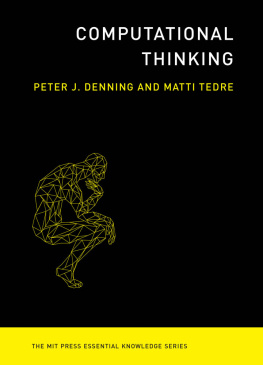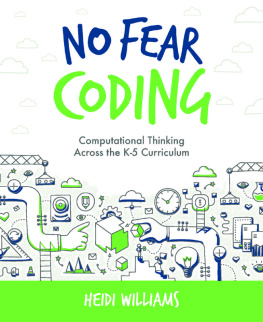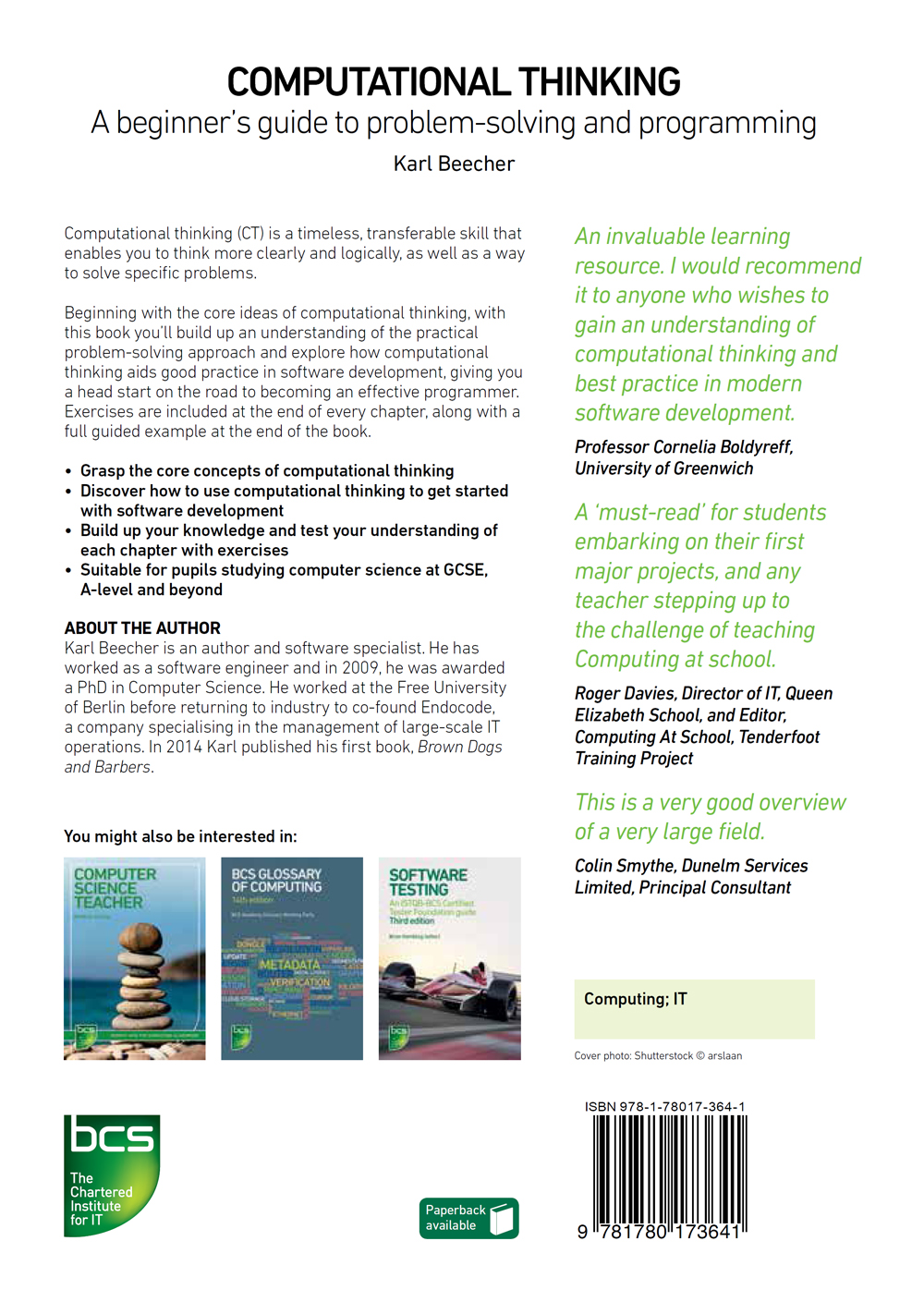Karl Beecher - Computational Thinking: A Beginner’s Guide to Problem-Solving and Programming
Here you can read online Karl Beecher - Computational Thinking: A Beginner’s Guide to Problem-Solving and Programming full text of the book (entire story) in english for free. Download pdf and epub, get meaning, cover and reviews about this ebook. year: 2017, publisher: BCS, The Chartered Institute for IT, genre: Romance novel. Description of the work, (preface) as well as reviews are available. Best literature library LitArk.com created for fans of good reading and offers a wide selection of genres:
Romance novel
Science fiction
Adventure
Detective
Science
History
Home and family
Prose
Art
Politics
Computer
Non-fiction
Religion
Business
Children
Humor
Choose a favorite category and find really read worthwhile books. Enjoy immersion in the world of imagination, feel the emotions of the characters or learn something new for yourself, make an fascinating discovery.
- Book:Computational Thinking: A Beginner’s Guide to Problem-Solving and Programming
- Author:
- Publisher:BCS, The Chartered Institute for IT
- Genre:
- Year:2017
- Rating:5 / 5
- Favourites:Add to favourites
- Your mark:
Computational Thinking: A Beginner’s Guide to Problem-Solving and Programming: summary, description and annotation
We offer to read an annotation, description, summary or preface (depends on what the author of the book "Computational Thinking: A Beginner’s Guide to Problem-Solving and Programming" wrote himself). If you haven't found the necessary information about the book — write in the comments, we will try to find it.
Computational thinking is a timeless, transferable skill that enables you to think more clearly and logically, as well as a way to solve specific problems.
Beginning with the core ideas of computational thinking, with this book youll build up an understanding of the practical problem-solving approach and explore how computational thinking aids good practice in programming, complete with a full guided example.
About the AuthorKarl Beecher is an author and software developer. Before moving into academia, Karl worked as a software engineer and in 2009, he was awarded a PhD in Computer Science. He worked at the Free University of Berlin before returning to industry to co-found Endocode, an IT services firm. In 2014 Karl published his first book, Brown Dogs and Barbers.
Karl Beecher: author's other books
Who wrote Computational Thinking: A Beginner’s Guide to Problem-Solving and Programming? Find out the surname, the name of the author of the book and a list of all author's works by series.


